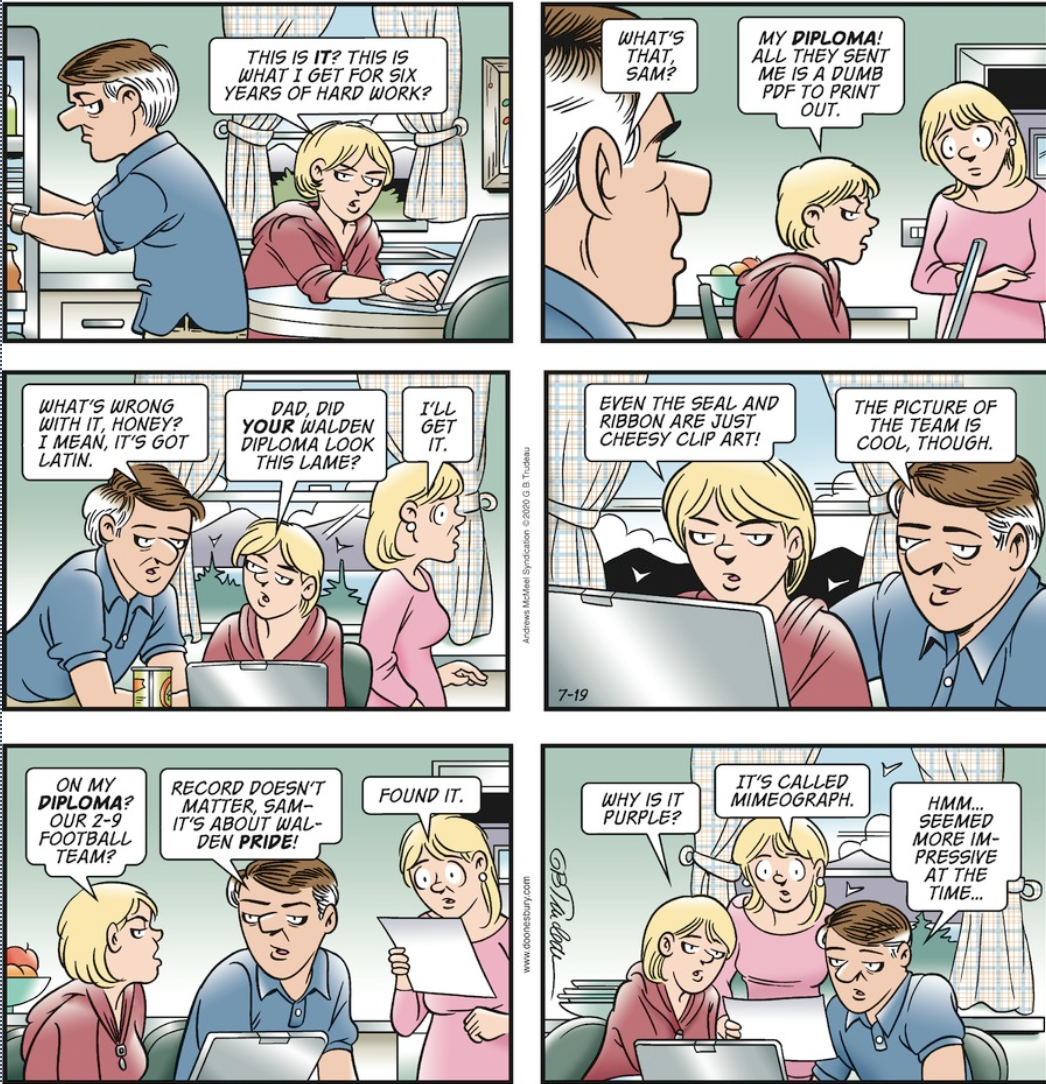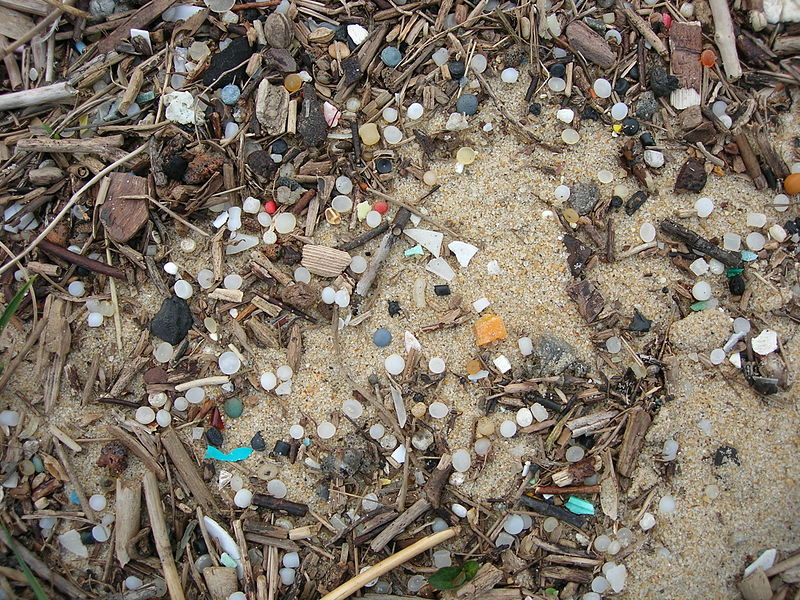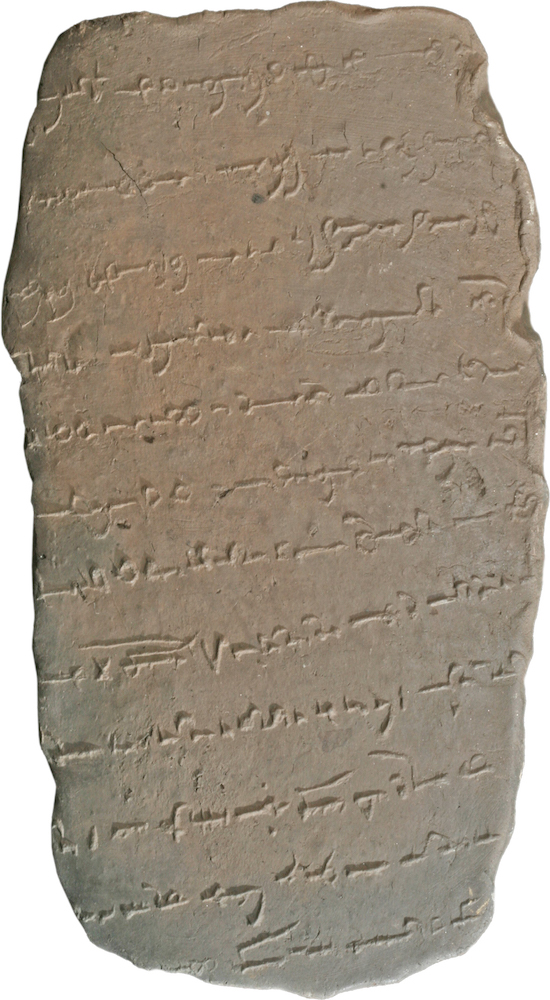"Between the Eyes and the Ears": SPP turns 300
There is a phenomenon in Japanese publishing called "san-gō zasshi 三号雑誌", which refers to a short-lived magazine that puts out three issues and then folds. Sino-Platonic Papers, a scholarly journal I started in 1986, just put out its 300th issue, and we're still going strong, with about ten more issues in the pipeline, and others lined up to come after that.
The latest issue is "Between the Eyes and the Ears: Ethnic Perspective on the Development of Philological Traditions, First Millennium AD", by Shuheng Zhang and Victor H. Mair, which appeared yesterday (July 19, 2020).
Abstract
The present inquiry stands as a foray into what may be thought of as a “Summa Philologica Sinica.” To be more precise, this paper is about the study and developmental trajectory of philology rather than philology per se. The approach here, drawing on the prefaces and comments of primary historical resources, conceives of philology as subject to the transitions of philosophy, an amalgam within which variegated traditions and schools contend and consent with each other, rather than as a static, ahistorical antithesis between the study of script and that of sound. The bifocal panoply behind philological texts and the shì 勢 (“immanent configuration”) that oscillates between indigenous systems of thought and foreign philosophy, defense of nationality and openness to foreign voices, reflected in the realm of language studies, presents itself as focused on characters (eyes) versus sounds (ears).
Read the rest of this entry »



